Bec Kavanagh reviews “Ordinary Matter” by Laura Elvery
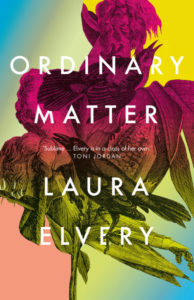 Ordinary Matter
Ordinary Matter
by Laura Elvery
Reviewed by BEC KAVANAGH
Laura Elvery’s second collection of short stories, Ordinary Matter, takes its inspiration from the mere twenty times women have won the Nobel Prize for science. And yet it isn’t science that connects the pieces in this collection, but the ‘softer’ stuff: the women in these stories are united by themes of motherhood, love, art – experiences which are often problematised, or portrayed as obstacles to a more ‘successful’ career-driven life. The choice between intellectual and domestic fulfilments, women are typically told, is an either/or deal. In Ordinary Matter, Elvery upsets these stereotypes, levelling the playing field between domestic, creative, and intellectual ambitions.
It comes as no surprise that Elvery is an academic writer as well as a creative one – Ordinary Matter is a collection that celebrates research and academia in both theme and structure. The framework of the book is proudly conceptual and crisply punctuates the stories: each piece prefaced by a paratextual nod to the prize-winner who inspired it, such as ‘1988. Gertrude B. Elion. Physiology or Medicine. Prize motivation: ‘for their discoveries of important principles for drug treatment’. The individual stories are then gathered into this framework, some building directly on the scientist or her discovery, some connecting more ambiguously – a baby washed ashore and transforming the parents who adopt her, or a grieving man looking to understand and avenge his brother’s death.
For some this framework, changing as it does with each story, will be a puzzle, a tantalising investigation into the threads of research woven carefully through the narrative, deepening with each reading. Perhaps others might ignore it altogether. On the other hand, it can be a distraction, the overt nature of the project somewhat at odds with the ambiguity of some of the stories. And although Elvery does provide a short glossary at the back, a paragraph summarising the notable accomplishments of each of the scientists, wondering where the narrative of each piece aligns with the object of its inspiration can be too much of a diversion, particularly when the connection isn’t so obvious. Having said this, there’s a beautiful leap of faith that Elvery places in her reader, a belief that they are up to the intellectual challenge of the work without clear or consistent signposting.
Elvery’s strength lies in the surreal elements of her writing – the sense of displacement that comes from the alignment of stories set in past, present and future with characters who are outliers, women who trouble the edges of their gendered roles. The subtle ways Elvery teases the reality of her subjects is captivating, leaving the reader with a sense of wonderment, of wondering. In ‘Something Close to Gold’ (Irene Joliot-Curie, Chemistry, 1935), my favourite piece in the collection, a couple grieving multiple failed attempts at IVF find a baby on the beach and, through an absurd but not altogether unrealistic bureaucratic process, manage to adopt her. The story works on a knife’s edge, keeping a fine balance between the push-pull of grief and loss, of hope and release. It is a piece that might be read in many ways, depending on the way the reader interprets the imagery, it might become a straightforward piece about the fragile, disturbed metamorphosis of motherhood. Taken another way it might be an allegory for colonisation, or Australia’s heartless policies on asylum seekers. Elvery provides enough details to make these pieces rich with meaning, allowing them to be held and turned over and over, revealing new parts of themselves each time.
Jerome de Groot (The Historical Novel) proposes that ‘historical novels clearly invite the reader to reflect on the ways in which ‘history’ is told to them. They have a double effect, a kind of unsettling uncanniness, which seeks to enable an awareness of the wroughtness of both ‘history’ and ‘fiction’.’ That term — ‘unsettling uncanniness’— suits these stories, which do bring together the duality (among others) of fiction and fact, inviting us to reflect on the limits imposed on women in science – where they come from, who upholds them, and the ways in which they are still ongoing. In ‘Better Nature’ (Ada E. Yonath, Chemistry, 2009), a pregnant researcher is abruptly cast out from her research circle. The story takes place in the in-between, in the moment where she is neither academic nor mother – ‘I had been in that city, and in that world with my famous, fearsome supervisor and her loyal group of laser-focused students. And now I wasn’t.’ There are moments like this in most of the stories, where Elvery holds her characters in the space of what will be/what might have been. Sometimes, as in ‘Grand Canyon’ (Marie Curie, Chemistry, 1911), these edges manifest literally, with Curie ‘staring into the void’. Cleverly (at times frustratingly), Elvery often leaves us at the edge of these moments, refusing solid resolutions.
All of the stories are experiments in one way or another, and this sense of playfulness goes some way to balancing the overt intellect of the academic construct. Elvery experiments with theme, voice and structure – ‘Hyperobject’ (Maria Goeppert Mayer, Physics, 1963) is written in secretarial shorthand, the lightness of the text in powerful juxtaposition with the severity of the theme, while ‘Little Fly’ (Tu Youyou, Physiology or Medicine, 2015) uses a baby’s point of view to amplify her inability to control her surroundings. Whether these experiments succeed is incidental really – the appeal lies not in their success as much as Elvery’s willingness to be versatile in her prose, refusing (much like the subjects of her stories) to be restrained by a singular set of expectations.
The magic of Ordinary Matter is in Elvery’s ability to find the ordinary from the extraordinary rather than the other way around. In a world that tells women they must be exceptional in order to succeed these stories bring forth all the ordinary moments upon which greatness pivots. Despite its occasionally dense intellectual frame, Ordinary Matter is an impressive collection which invokes a sense of curiosity and play.
BEC KAVANAGH is a Melbourne-based writer and academic whose work examines the representation of women’s bodies in literature. She has appeared at writers’ festivals nationally, and judged a number of literary prizes, including the Victorian Premier’s Literary Award. Her literary criticism can be found in The Guardian, The Monthly, The Saturday Paper and The Big Issue, and she has written fiction and non-fiction for a number of publications including Westerly, Overland, Meanjin, and the Review of Australian Fiction. Bec is the Youth Programme Manager at the Wheeler Centre, and a sessional tutor and PhD candidate at LaTrobe University.
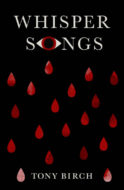 Whisper Songs
Whisper Songs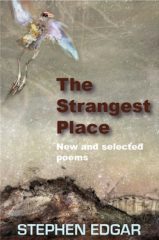 The Strangest Place: New and Selected Poems
The Strangest Place: New and Selected Poems Take Care
Take Care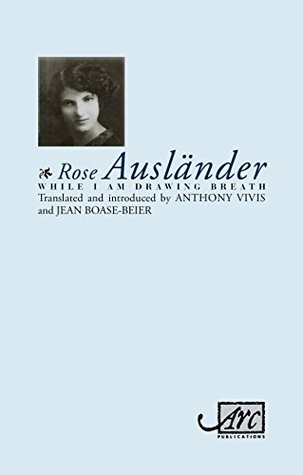 While I am drawing breath
While I am drawing breath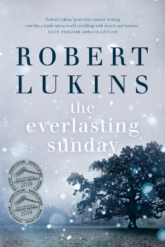 The
The Our Shadows
Our Shadows Admit the Joyous Passion of Revolt
Admit the Joyous Passion of Revolt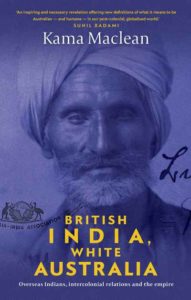 British India, White Australia
British India, White Australia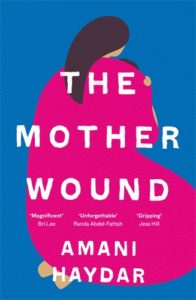 The Mother Wound
The Mother Wound